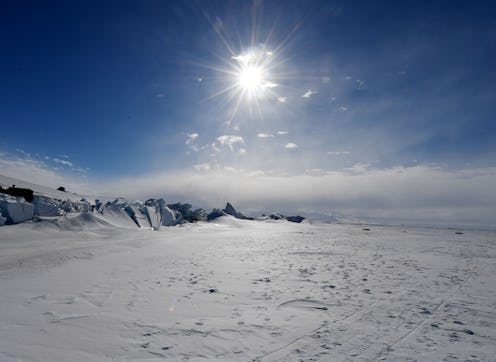News
You Used To Be Able To Sunbathe In Antarctica
A pair of studies have found that Antarctica was as warm as the California coast, tens of millions of years ago — both warmer and more hospitable, by a wide margin. Using traditional dating and tests in the first study, and a new means of measuring radioactive krypton atoms in the second, the research backs up the notion that the Antarctica we see today was once a great deal hotter, and hints at revelations to be made about the nature of our planet's climate. Also, we get to imagine lying around on a sunny shore near the South Pole!
Both studies appeared in the Proceedings of the National Academy of Science, and the first made use of some priceless fossil shells discovered on a small island off the Antarctic coast. The shells have been dated back to the Eocene epoch, which occurred some 40 to 50 million years ago, and further testing on the levels of carbon and oxygen trapped within allowed researchers to determine what kind of temperatures they existed in.
As it turns out, things were a lot warmer. In some parts of the southernmost continent, the temperature would rise as high as 63 degrees Fahrenheit, with the average temperature around 57 degrees. The temperature of the surrounding seas was nice and warm, too — 72 degrees, about the same as the waters off the coast of Florida today.
In the second study, researchers used a highly-intricate new method of testing the age of ice cores, hitherto seldom used because of the intense difficulty. The team succeeded in spite of the challenge, thanks in large part to new equipment, and dated the core sample at 120,000 years old, in doing so setting a new precedent for such research. In a press release, lead author Christo Buizert voiced his excitement at laying the groundwork for compelling new discovery:
The oldest ice found in drilled cores is around 800,000 years old and with this new technique we think we can look in other regions and successfully date polar ice back as far as 1.5 million years. That is very exciting because a lot of interesting things happened with the Earth's climate prior to 800,000 years ago that we currently cannot study in the ice-core record.
